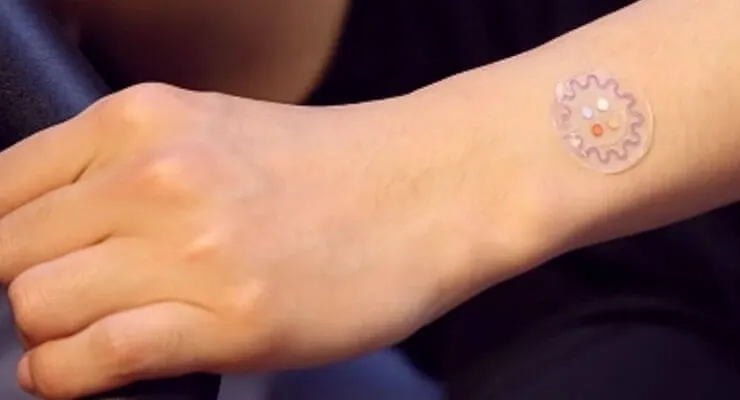A patch that works as a device is able to analyze a person's sweat to detect if they have diabetes, and could even indicate other conditions such as cystic fibrosis, so it would be very useful for disease detection and treatment.
This device, which is not yet on sale, is a microfluid patch with integrated sensors that is placed on the skin, which receives the sweating of the person and performs an analysis of it to detect its levels chloride, glucose and lactic acid, which are transmitted to a cell phone.
John Rogers, a biomedical engineer of Northwestern University is the main designer of the device and explains that the microfluid patch with integrated sensors allows to know the levels of glucose, lactic acid and chloride in the sweat of who carries it.
That is why he affirms that it represents an opportunity for those who have a condition, since it facilitates carrying a semicuantitative follow -up of the physiological state in a non -invasive way.
For example, it can help patients with diabetes to know their glucose levels and even be beneficial for runners, who can now know their level of lactic acid.
Specialists review the concentrations of sodium chloride in sweat to detect cystic fibrosis, which is a rare genetic condition.
The system can be configured to monitor the same chemical or several, depending on the needs of the person, for a period of time over time.
This device works through tiny holes in which sweat enters, a network of valves and microchannels direct it towards tiny deposits, which contain a sensor that reacts with a chemist.
In this way, the device simultaneously controls the loss of sweat, pH, lactic acid, glucose and chloride.

Specialists point out that this wireless electronic detection platform, without battery combines the advantages of electronic and microfluid functionality in a device that is lighter, cheaper and smaller than other alternatives.
With information from NY Times and Sciencemag


